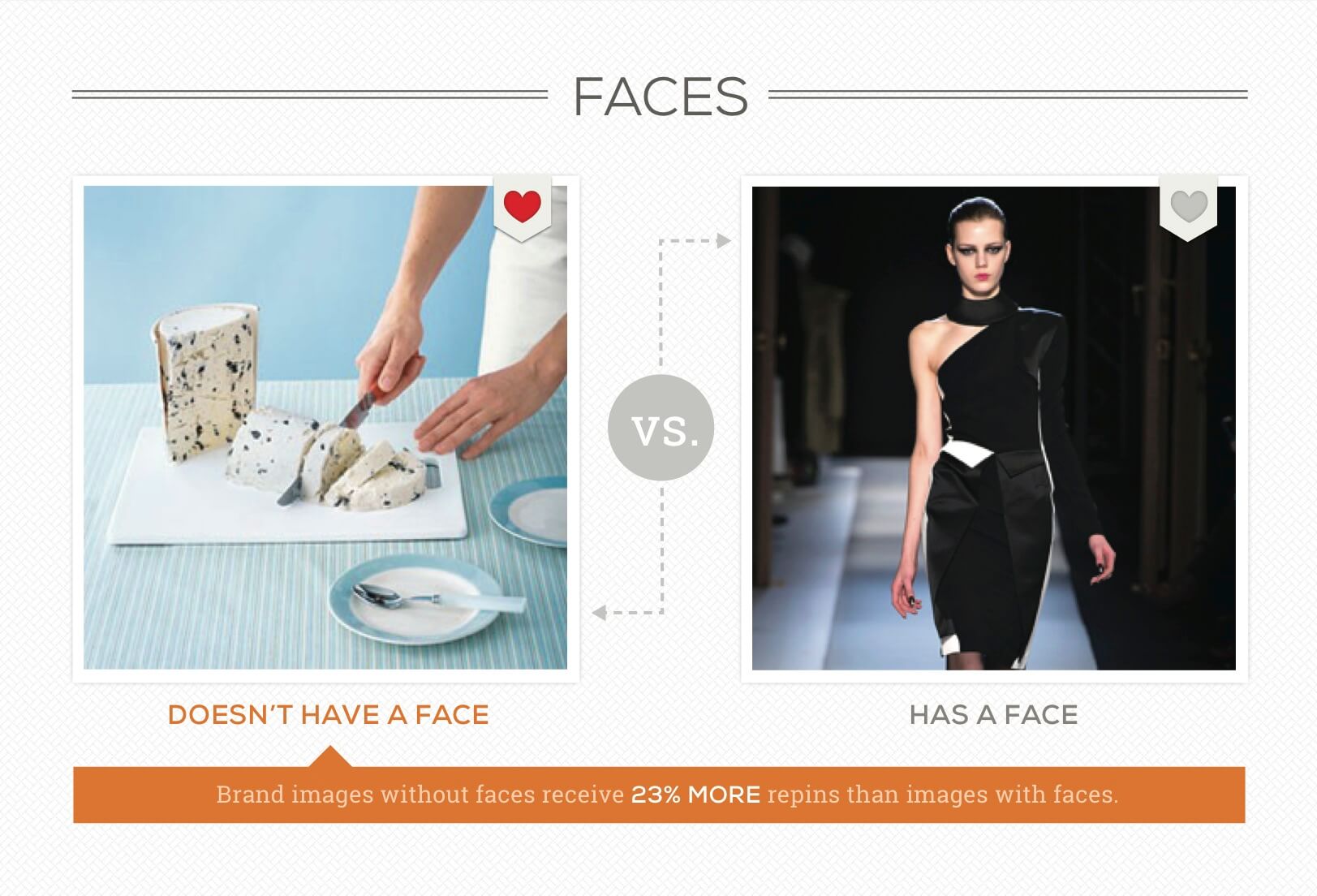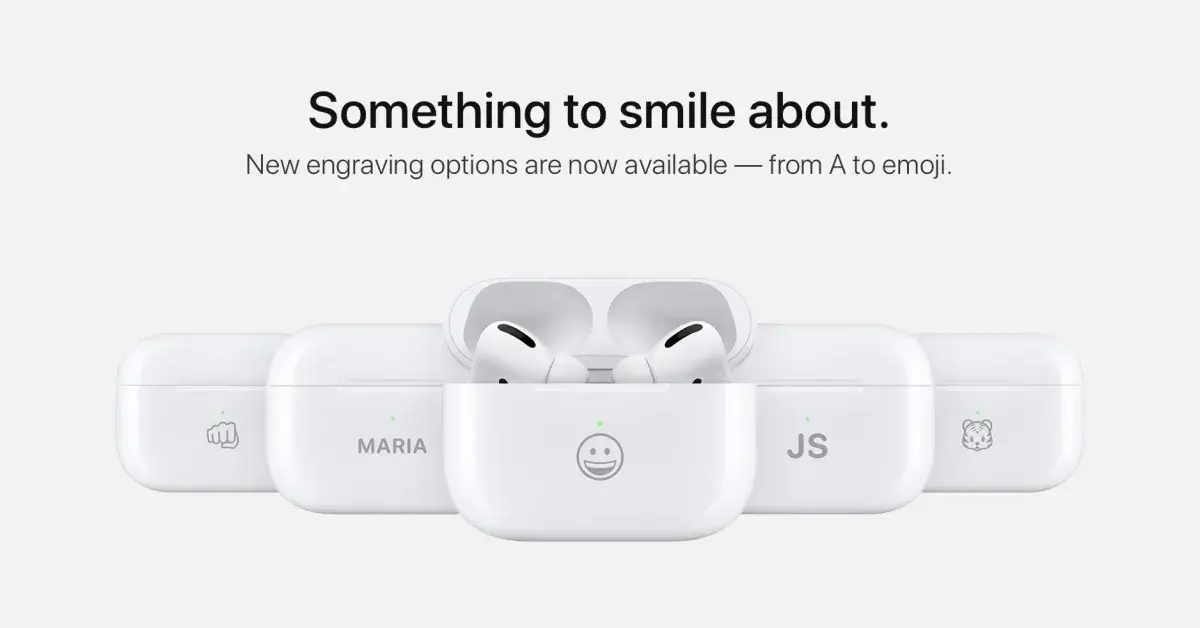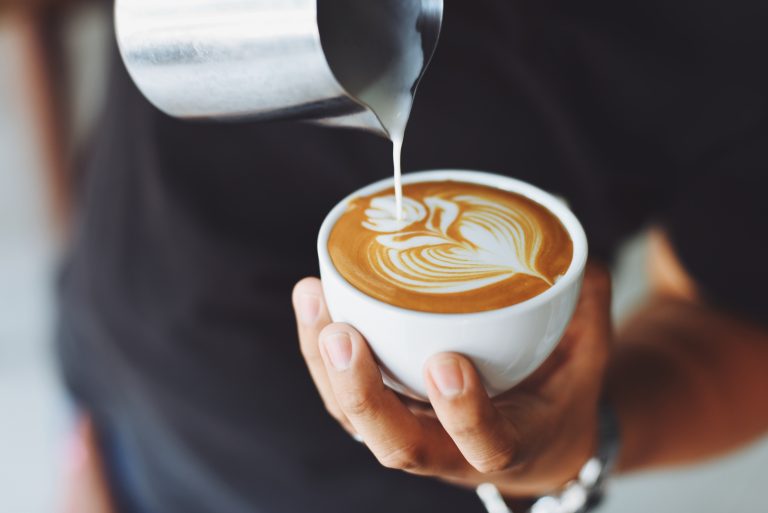Brand images without faces are repinned on Pinterest 23% more than those with faces according to new research from Curalate. Does this seem counterintuitive? After all, companies are increasingly seeking to appear more personal and human – particularly through social media – in order to increase customer engagement and loyalty.

Consumers’ increasing desire for personalisation is a trend that property sellers and agents have been taking advantage of for years (depersonalise, declutter and stage the house so that buyers can see themselves living in it).
Businesses previously found scaling this one-on-one strategy to a mass level difficult, or have been reluctant to do so; famously Henry Ford declared his customers could buy one of his cars in any colour as long as it was black.
Fast forward 70 years and you can now personalise everything from your reusable coffee cup to your custom-fit jeans to your car. Brands like VW Beetle and Mini offer websites where you can select from a range of options to build your own perfect model, encouraging customers to ‘own’ the car before they even own it. Even Apple (a brand famed for its homogenous brand identity) has recognised the drive to personalisation and now offer customisation options both inside and out, with engraving and videos showing how to fully personalise your computer setup.

Companies like Levis, Nike, Coke, Vistaprint and Cafepress take this even further, taking advantage of new production methods or user-generated content (such as your own T-shirt design) to offer rapid-dispatch customised products at a price similar to a more generic offering, and well below that of a bespoke item.
But you don’t necessarily need to reengineer your production or logistics to allow customers some self-expression when it comes to your brand. The Curalate research suggests an easy starting point could be to allow mass customisation of your marketing message by allowing people to picture themselves as the hero and express their uniqueness.
This is as simple as a request in you creative brief for a personal perspective in the images used in your campaign, or careful cropping of existing images to give a similar effect.
Coke’s Share-A-Coke campaign is another example of simple mass customisation, with the placement of the country’s top 150 names on coke products, and a site where you could design your own virtual can.
Could your brand benefit from mass customisation?
Brands that find ways to offer mass customisation can benefit from increased customer loyalty and increased margins. This can be particularly helpful if your business is in more of a commodity market, where personalisation can shift the buying decision from price to other benefits.
With greater involvement in the purchase process, consumers are more likely to engage with your brand both pre and post-purchase, and may be more inclined to become a brand advocate – plus there is the convenience factor when it comes to repurchase if things like size, fit and address/billing details are already populated at checkout.
Reduced inventory (where items are produced only when ordered) can also lead to reduced carrying costs.
And if you are making use of a CRM system, information collected during purchases can be incorporated into your database allowing for more customised marketing messages through channels such as email .



